Contents
Pagebreaks of the print version

Guide to the Umbral Calculus
A Different Mathematical Language
Guide to the Umbral Calculus
A Different Mathematical Language
Silvia Licciardi
ENEA Research Center, Frascati, Italy
Giuseppe Dattoli
ENEA Research Center, Frascati, Italy & University of Rome La Sapienza, Italy

Published by
World Scientific Publishing Co. Pte. Ltd.
5 Toh Tuck Link, Singapore 596224
USA office: 27 Warren Street, Suite 401-402, Hackensack, NJ 07601
UK office: 57 Shelton Street, Covent Garden, London WC2H 9HE
British Library Cataloguing-in-Publication Data
A catalogue record for this book is available from the British Library.
GUIDE TO THE UMBRAL CALCULUS
A Different Mathematical Language
Copyright 2022 by World Scientific Publishing Co. Pte. Ltd.
All rights reserved. This book, or parts thereof, may not be reproduced in any form or by any means, electronic or mechanical, including photocopying, recording or any information storage and retrieval system now known or to be invented, without written permission from the publisher.
For photocopying of material in this volume, please pay a copying fee through the Copyright Clearance Center, Inc., 222 Rosewood Drive, Danvers, MA 01923, USA. In this case permission to photocopy is not required from the publisher.
ISBN 978-981-125-532-8 (hardcover)
ISBN 978-981-125-533-5 (ebook for institutions)
ISBN 978-981-125-534-2 (ebook for individuals)
For any available supplementary material, please visit
https://www.worldscientific.com/worldscibooks/10.1142/12804#t=suppl
Desk Editor: Nur Syarfeena Binte Mohd Fauzi
Typeset by Stallion Press
Email:
Printed in Singapore
A Maria Corredentrice
Silvia
To my mother, Ada
Pino
Contents
Preface
Mathematics is the language through which God describes the World(Galileo Galilei)
It is indeed a universal language shared by all peoples and which does not know the wear and tear of time. The mathematician does not invent anything but, at the most, discovers and it is immediately evident, in fact, that when a new formula is decrypted, it is instantly valid as true since before its discovery. However, there is a merit that the human being has, to employ his ingenuity and his passion to create new symbolisms and techniques so that the language is more and more usable and fruitful for everyone.
Umbral Calculus is only the latest in the chronological order of this set of writing and method. Although not widely known as it should be, it is developing rapidly thanks to its applicability to every branch of Pure and Applied Mathematics. It uses many transversal skills and is flexible, intuitive, ingenious in its apparent simplicity and, what is not indifferent, fun.
It reflects my way of living Mathematics and Life, using every available resource to get to the solution of a problem in the best way. I thank my illustrious colleague and co-author, Dr. Giuseppe Dattoli, for introducing me to the Umbral Calculus, during my studies and research. He, owing to his incredibly versatile knowledge of Mathematics and Physics, has made a unique contribution to thisbranch never developed before, which is making its way, not among a few oppositions, due to the undeniable effectiveness. While referring to the cardinal principles of Heaviside and the symbolism of Roman and Rota, Dr. Dattoli completely rewrote their meaning and use.
I hope that readers will enjoy using Umbral Calculus as much as we have enjoyed discussing it. Future implications are difficult to establish now, this is the beauty of Research.
Ai posteri lardua sentenza (Alessandro Manzoni)
Silvia Licciardi, Ph.D.
Post-Doc Researcher at Enea Frascati Research Center
Palermo, September 14-th, 2021
In spite of the commonplace stating that Mathematics is not an opinion, it can at least be stated that there are different opinions about Mathematics. This is an example of different points of view between the Authors of the same book.
Mathematics is a language, the underlying rules represent the syntax and the symbols are the words. Any new formalism is just a different language that may provide advantages in terms of conciseness, computation, the possibility of connecting seemingly uncorrelated concepts within the same point of view or whatever...
This is however a nave vision, underlying the idea that Mathematics makes progress when a new and more powerful language is formulated and reveals new elements bringing ahead the mathematical knowledge. The concepts we are trying to convey are largely undefined, so at least two questions arise:
What is a mathematical language?
What is mathematical knowledge?
Even though it may sound like blasphemy, the same naivety shines through the Hilbert statement(also reported as the epitaph on his tomb in Konisberg)
Wir Mussen wissen - Wir werden wissen
which, like an ironic joke of destiny, was pronounced just one day before Gdel presented his thesis, containing the proof that any finite system of axioms, is not sufficient to prove every result in Mathematics. Gdels Theorem decreed the end of the infancy of mathematical thought. To accomplish his program, he went much further with our statement, regarding the mathematical language, by making a distinction between Mathematics and meta-Mathematics.The result of his work was that, within a certain mathematical theory based on a set of axioms, a given statement G cannot be demonstrated by the axioms themselves. Pushing further the above point, it might be concluded that G might be true or false, hence Mathematics is inconsistent or incomplete. The safe conclusion is that it is incomplete. Physical theories are supported by Mathematics and therefore self-referencing, like in Gdels Theorem. One might therefore expect them to be either inconsistent or incomplete. This raises therefore serious doubts that a complete physical theory can be formulated as a finite number of principles. So Math is just the result of human activity and even if God pushed His pencil to formulate the world in mathematical terms, He made use of a formalism not accessible to us.
So coming back to the contents of this book, it is just an attempt of going a step further from the classical approach by Roman and Rota, the formalism we have developed is suited to treat a large number of problems in calculus and Special Function Theory.
I hope that the readers will enjoy the method as we enjoyed discovering it.
Prof. Giuseppe Dattoli
Former Senior Scientist at ENEA Frascati Research Center
Rome, September 16, 2021
The English translation We must know, we will know loses its categorical strength.
Acknowledgments
This is a book on Umbral Calculus, merging different experiences, backgrounds and research aims of the Authors.
One ( .
. .) has approached the problem as a Masters and Ph.D. student and later as researcher, after having gone through different works in Pure and Applied Mathematics.
.) has approached the problem as a Masters and Ph.D. student and later as researcher, after having gone through different works in Pure and Applied Mathematics.

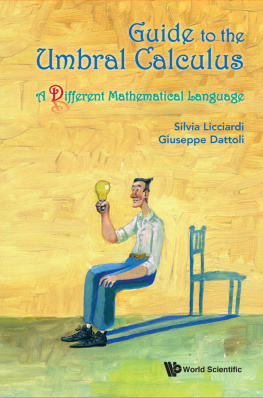
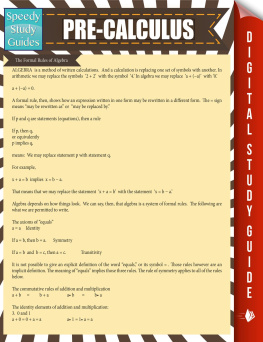
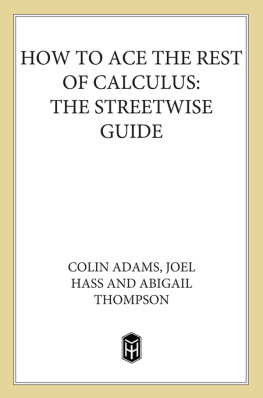

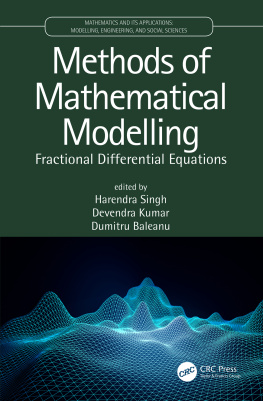
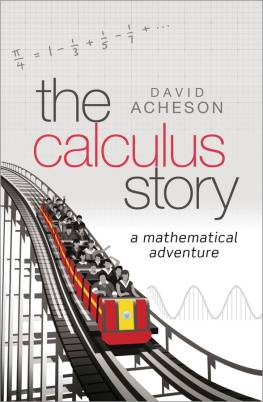
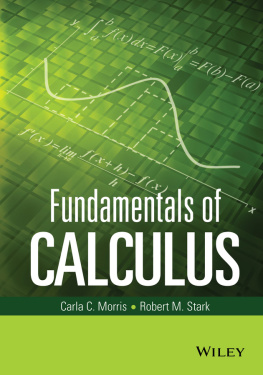
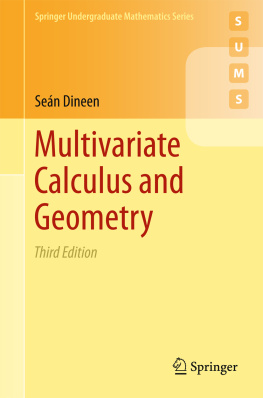
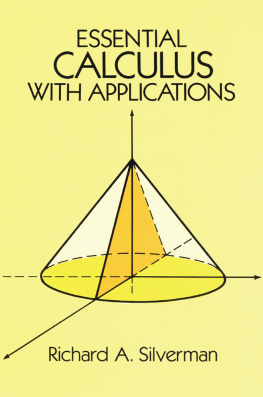
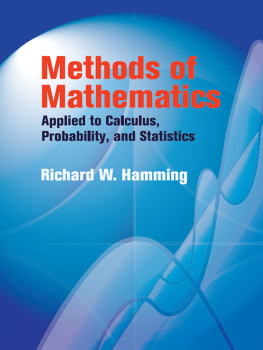


 .
. .) has approached the problem as a Masters and Ph.D. student and later as researcher, after having gone through different works in Pure and Applied Mathematics.
.) has approached the problem as a Masters and Ph.D. student and later as researcher, after having gone through different works in Pure and Applied Mathematics.